“A lot of our projects are about impacting the city with architecture – using architecture as a means of urban design,” explains SPARK Director Jan Felix Clostermann. “This is especially true when we design shopping malls, which traditionally completely turn their backs on the city. In the context of China, where there is very little urban public space, we typically try to extend the city into the building,” he says. At Vanke Jiugong, SPARK has essentially designed three ground levels. The scheme proposes a perforated and penetrable building mass of interlocking components of various scales. A base retail block (with traditional curvilinear ‘race-track’ circulation) is prised open with glazing and voids at its periphery and pierced internally by two large conical voids, which draw daylight downward into the centre of the building mass and forge visual connections between levels. A sleek white palette contributes to a seamless and flowing retail environment.
On levels four and five, these volumes terminate with a second ‘ground plane’ – a village of restaurants in an orthogonally planned zone expressed with an alternate material treatment of timber and traditional terazzo tiles. Above is a third ‘ground plane’ – an environment akin to a miniaturised business park, where small office pavilions and larger live-work towers rise from a roof garden. “Level six will be a bit like a hutong in the sky,” says Clostermann, with the fragmented open areas of the garden taking a character similar to courtyards and available for the enjoyment of office users and the wider public.
The cinema, positioned at one end of level six, will be connected to an external 24- hour circulation route that traverses the façade to allow direct access to and from the entertainment zone after shopping hours. While preventing the disconcerting experience of circulating through a ‘dead’ mall after hours, the external circulatory route will also enliven the exterior of the building, bringing vitality to its principal street façade.
The fragmented mass and reorganised volume of the development was inspired by The Tower of Babel – a sixteenth-century artwork by Peter Bruegel the Elder. The vertical ‘street life’ depicted on the painted tower and the perforation of its mass portray an expressiveness that SPARK wishes to capture for Vanke Jiugong. A double-layered façade incorporating a sinusoidal corrugated perforated aluminium screen will assist in the achievement of an engaging building face. Says Vanke Executive Vice President Mao Daqing, “The ideas of the vertical expression of activity and the interweaving of functions are among the key factors that led to Vanke’s appointment of SPARK for this project.”
The approach taken to the massing of mixed-use at Vanke Jiugong builds on that explored by SPARK in previous projects such as the Vision City scheme for Kuala Lumpur, Raffles City Beijing, and Fuzhou Wusibei Thaihot Plaza. This is SPARK’s third win in the annual MIPIM awards programme, having previously received accolades for Jing Mian Xin Cheng in the ‘Best Office and Business Development’ category in 2013, and for Shanghai International Cruise Terminal in the ‘Best Mixed Use’ category at MIPIM Asia in 2011.
Project Director: Jan Felix Clostermann
Team: Eldine Heep, Yang Hefeng, Lukas Maehr, Ben de Lange, Christian Taeubert, Phi Lu, Sua Song, Jimi Cheng, Wu Jianyun, Emer Loraine, Jacky Chang, Sebastian Loaiza
Client: Vanke
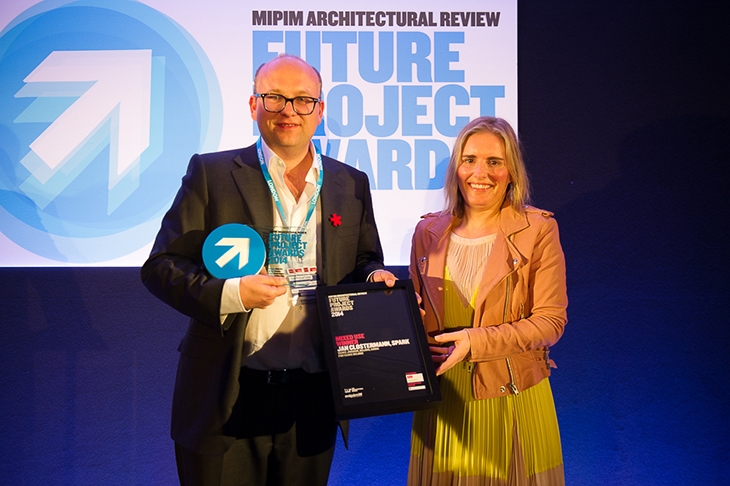 IMAGES COURTESY OF SPARK
IMAGES COURTESY OF SPARK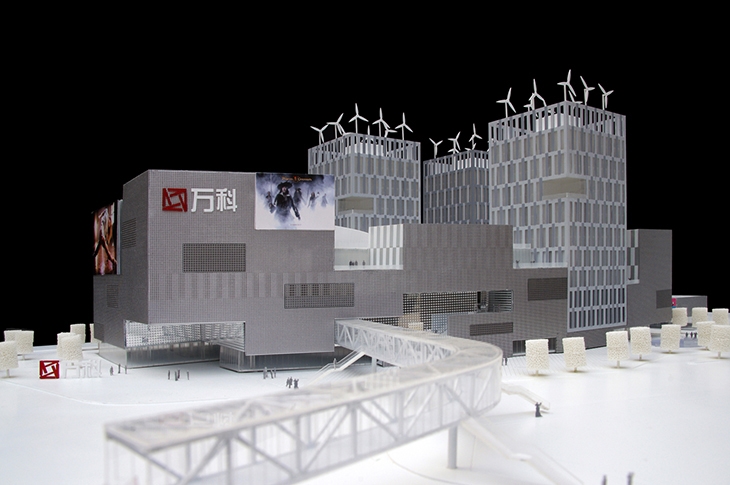 IMAGES COURTESY OF SPARK
IMAGES COURTESY OF SPARK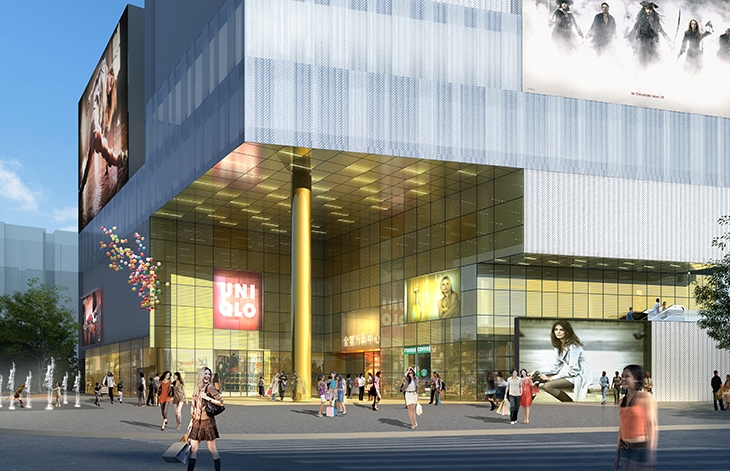 IMAGES COURTESY OF SPARK
IMAGES COURTESY OF SPARK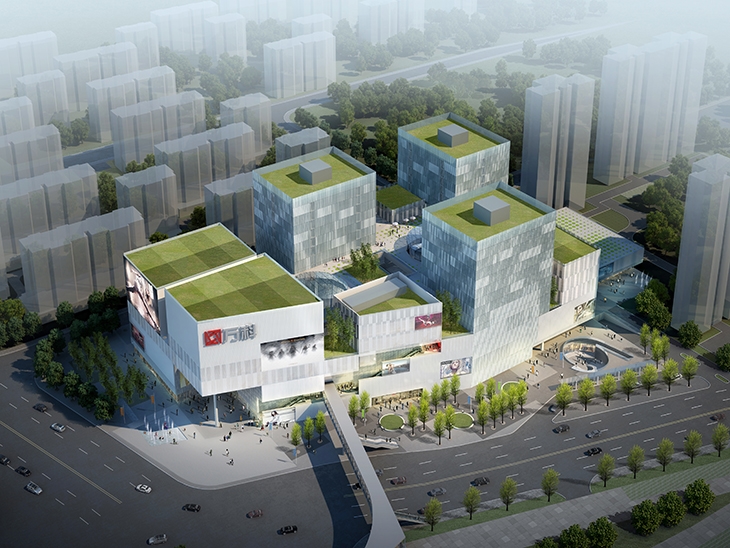 IMAGES COURTESY OF SPARK
IMAGES COURTESY OF SPARK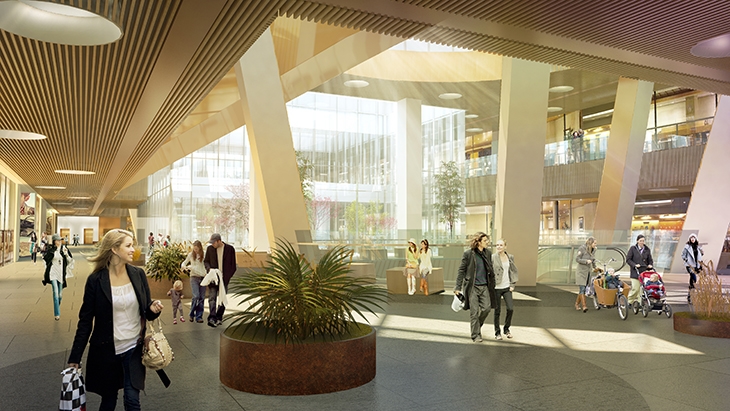 IMAGES COURTESY OF SPARK
IMAGES COURTESY OF SPARK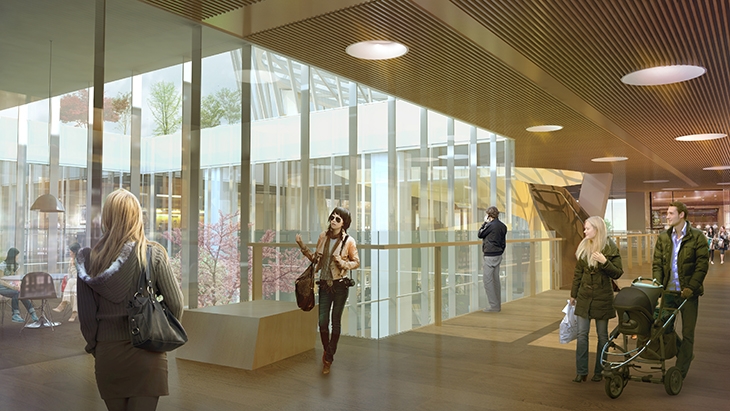 IMAGES COURTESY OF SPARK
IMAGES COURTESY OF SPARK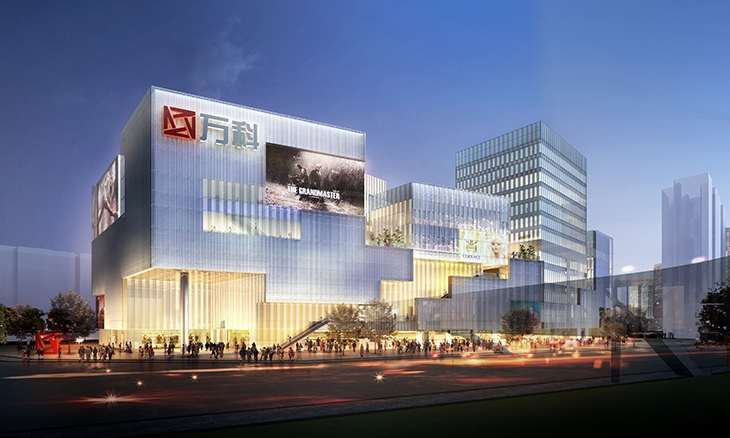 IMAGES COURTESY OF SPARK
IMAGES COURTESY OF SPARK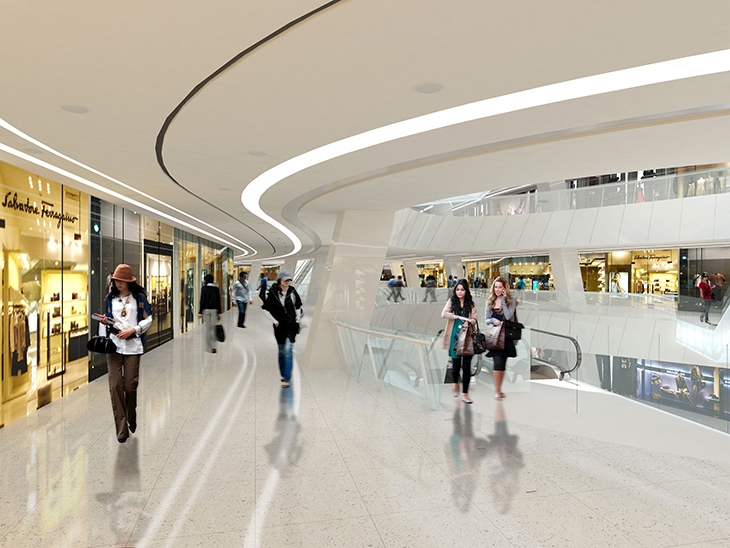 IMAGES COURTESY OF SPARK
IMAGES COURTESY OF SPARK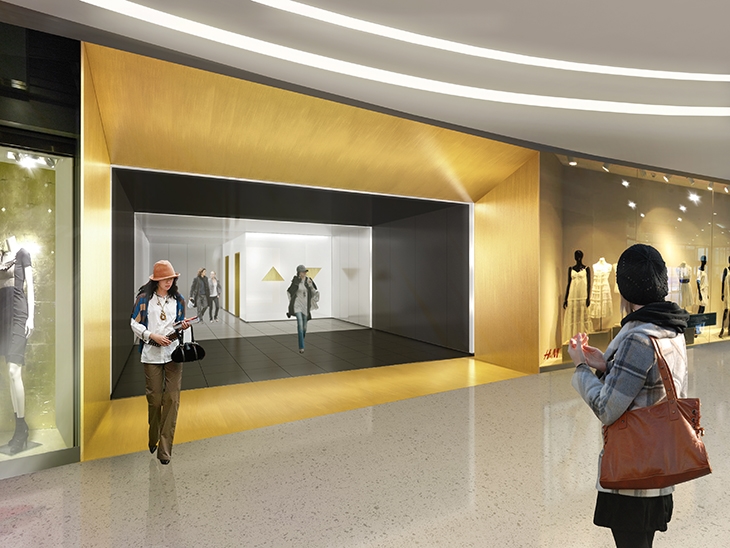 IMAGES COURTESY OF SPARK
IMAGES COURTESY OF SPARKREAD ALSO: JOCKEY CLUB INNOVATION TOWER IN HONG KONG FOR HONG KONG POLYTECHNIC UNIVERSITY BY ZAHA HADID ARCHITECTS